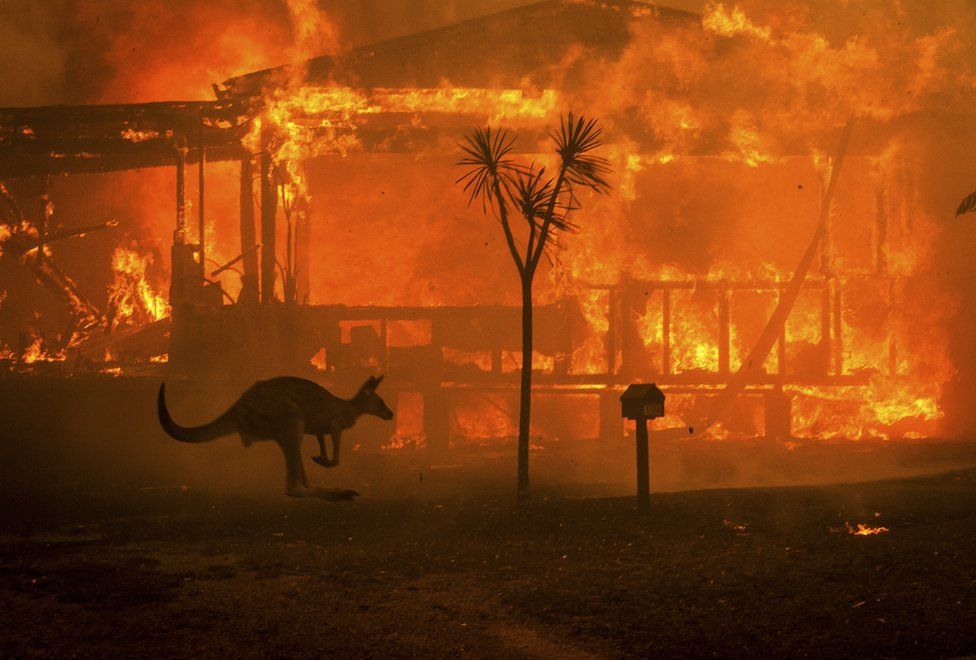Specialist Insights: Why Every Homeowner Requirements a Detailed BAL Report
Specialist Insights: Why Every Homeowner Requirements a Detailed BAL Report
Blog Article
Ensuring Bush Fire Protection Through Correct BAL Record Evaluation
In the realm of bush fire protection, the meticulous analysis of Bushfire Attack Degree (BAL) reports stands as a foundation for protecting residential or commercial properties against the disastrous impact of wildfires. With ecological factors and building qualities playing substantial roles in identifying the degree of danger, a comprehensive understanding of BAL rankings ends up being essential.
Comprehending Bushfire Strike Degree (BAL)
In the realm of bushfire protection, comprehending the Bushfire Strike Degree (BAL) is vital for making sure efficient mitigation techniques. Understanding the BAL ranking of a property is crucial for property builders, proprietors, and policymakers to apply proper steps to safeguard versus bushfire dangers.

Value of BAL Report Analysis
An important aspect in bushfire protection preparation entails the thorough evaluation of BAL records to examine the possible dangers and identify suitable mitigation approaches. BAL records supply vital info regarding the prospective impact of bushfires on a residential or commercial property based on numerous variables such as plant life type, distance to possible fire dangers, and incline of the land. Evaluating these reports with precision is paramount in creating efficient bushfire security steps tailored to the details threat account of a residential property.
Carrying Out Fire Protection Steps
Implementing reliable fire security steps is crucial for safeguarding properties in bushfire-prone locations. One of the primary means to improve fire security is by creating defensible area around buildings. This entails clearing up flammable plant life, such as dry fallen leaves and branches, within a certain span of the home. Furthermore, mounting fire-resistant roof covering products can assist minimize the risk of ashes igniting the roofing throughout a bushfire. Correctly preserved screens and seamless gutters are also vital to protect against debris accumulation that can sustain a fire.
Additionally, having a adequate and properly maintained water supply, such as a tank or swimming pool, can help firefighters in their initiatives to shield the building. BAL Report. Generally, carrying out a combination of these fire defense procedures can considerably raise the possibilities of protecting buildings throughout bushfire events.
Mitigating Threats in Fire-Prone Locations
To strengthen homes versus bushfire dangers, a calculated concentrate on mitigating threats in fire-prone areas is vital. Mitigating threats in fire-prone areas entails a detailed approach that includes various procedures to decrease the possibility and impact of bushfires. One critical element of threat mitigation is keeping defensible space around buildings by clearing combustible vegetation, making sure adequate spacing in between structures and trees, and utilizing fireproof landscape design techniques. Additionally, executing ember-proofing actions such as installing metal mesh screens on home windows and covering roof covering cavities can click here for more info assist stop coal attacks and reduce the danger of area fires.
Furthermore, constructing try here or retrofitting structures with fireproof products and making sure appropriate maintenance of roofs, seamless gutters, and exterior cladding can substantially improve the home's resilience to bushfires. Developing and exercising a bushfire emergency strategy with all residents, consisting of evacuation treatments and communication methods, is additionally important in mitigating risks effectively. By taking on a positive approach to take the chance of mitigation in fire-prone locations, property proprietors can better secure their assets and boost overall bushfire readiness.
Ensuring Home Safety And Security and Durability
Ensuring the security and strength of buildings in fire-prone areas needs a steadfast commitment to durable safety nets and strategic planning. Building safety starts with applying effective procedures to reduce fire risks. This consists of keeping a defensible space around the residential property by getting rid of flammable greenery, making certain proper maintenance of gutters and roofing systems, and utilizing fireproof structure materials. Regular maintenance of firefighting devices, such as pipes and lawn sprinkler systems, is also important to building resilience.
Strength, on the various other hand, involves the ability of a residential or commercial property to endure and recover from a bushfire. This can be boosted via the setup of ash guards on windows and vents, ensuring that access factors for cinders are reduced. Additionally, having a well-balanced discharge strategy and practicing it frequently can considerably enhance property strength. Working together with neighbors and local fire authorities can additionally reinforce the safety and strength of buildings in fire-prone locations. By proactively addressing these facets, residential property owners can much better secure their assets and enjoyed ones from the risk of bushfires.
Conclusion
Finally, ensuring bushfire defense through appropriate BAL record analysis is important for understanding the level of threat positioned by bushfires and applying required fire security measures. By alleviating risks in look at more info fire-prone locations and ensuring residential property safety and strength, communities and people can better get ready for and reply to bushfire events. It is imperative to focus on fire precaution to shield lives and home in these risky settings.
In the realm of bush fire security, the careful evaluation of Bushfire Attack Level (BAL) records stands as a cornerstone for protecting residential or commercial properties against the devastating impact of wildfires (BAL Report). Comprehending the BAL score of a building is critical for residential or commercial property proprietors, policymakers, and building contractors to implement suitable actions to protect against bushfire dangers

BAL reports supply important information concerning the prospective effect of bushfires on a property based on various aspects such as plant life kind, range to potential fire hazards, and slope of the land (BAL Report). In general, carrying out a mix of these fire defense actions can significantly increase the chances of protecting homes throughout bushfire events
Report this page